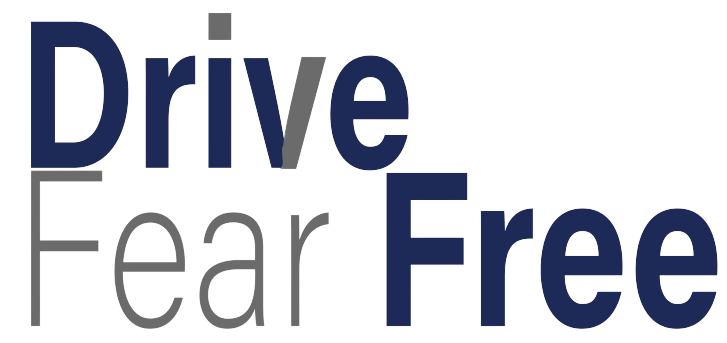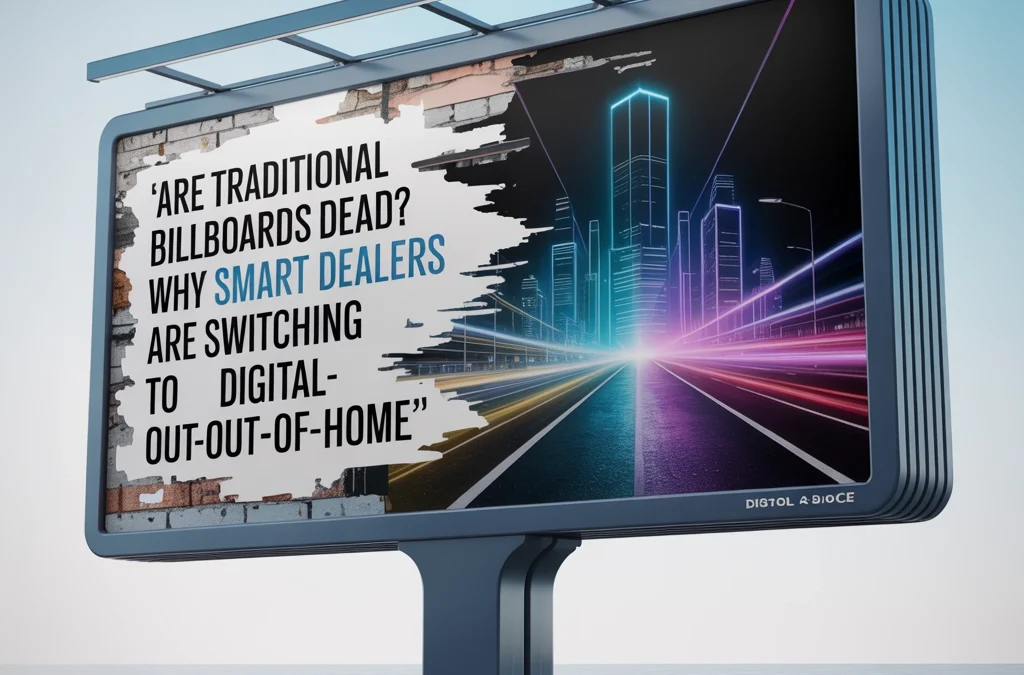Look, let's get straight to the point. Traditional billboards aren't dead, but if you're still thinking highway signs are your best bet for reaching car buyers, you're missing the biggest opportunity in automotive marketing right now.
The numbers don't lie. Traditional billboards still pack a punch with a solid 40% industry-wide ROI and 55% brand recall rates – way better than those annoying digital banner ads that barely hit 21%. But here's the thing: smart automotive leaders aren't just looking at what works today. They're thinking about where their future customers actually spend their time.
Why Digital-Out-of-Home Is Taking Over
Digital billboards are crushing traditional ones with 60% more impressions and way better engagement. When someone sees your digital ad, 25% of viewers actually do something about it – scan QR codes, visit your website, whatever. Try getting that kind of response from a static highway sign.
But here's what most of the industry is still missing: the biggest shift isn't happening on highways. It's happening in high schools.
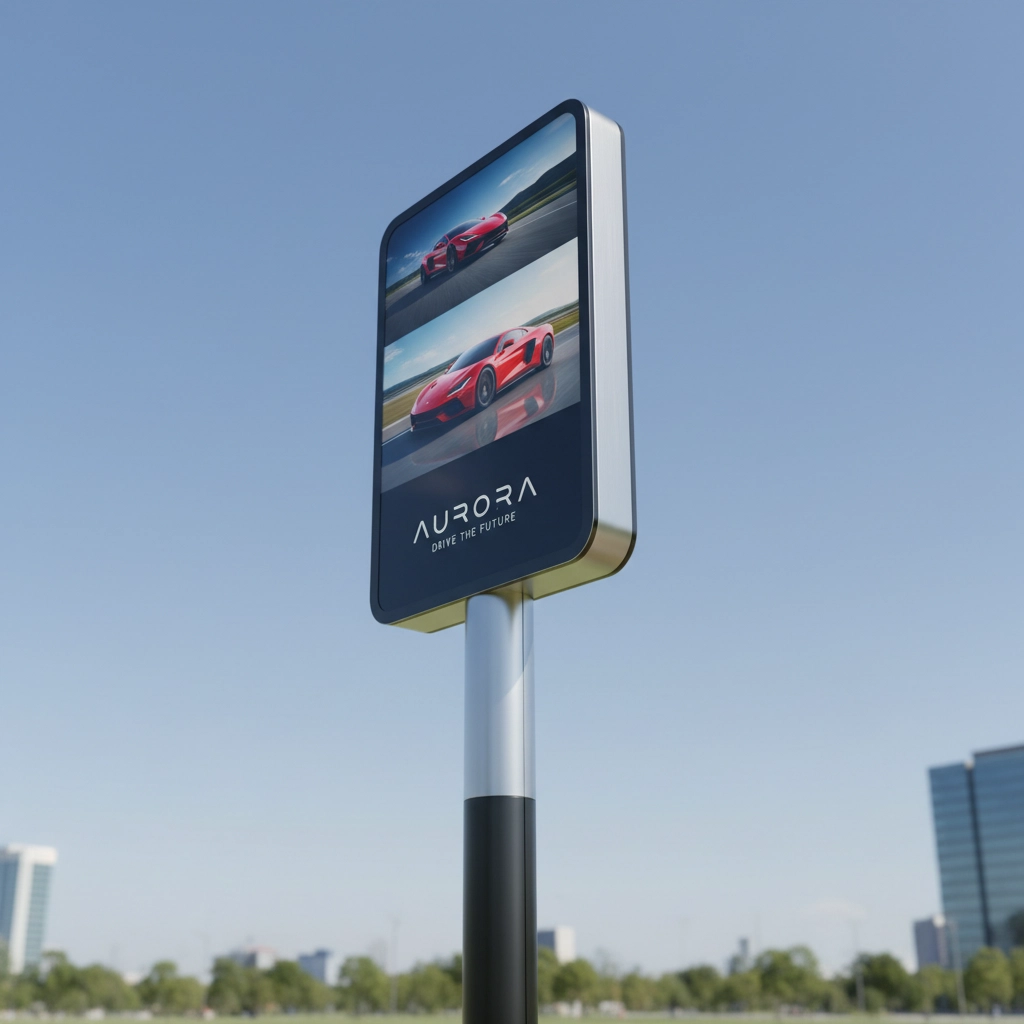
The Real Game-Changer: High School Esports Pod and Simulator Sponsorships
While you're fighting over the same old billboard spots with every other automotive advertiser in town, there's a goldmine sitting right in your backyard. High school esports programs are exploding, and guess what? Those kids are turning 16, getting their licenses, and buying their first cars.
Think about it. Where do traditional billboards reach people? On their commute, for maybe 3 seconds, when they're focused on driving. Where does high school esports sponsorship reach them? In their element, for hours at a time, when they're engaged and excited.
We're talking about the most modern form of digital out-of-home marketing that exists. These kids spend 3-5 hours a day in these esports pods. Your brand isn't just getting seen – it's becoming part of their daily experience.
Better yet, pods and driving simulators help schools introduce students to welding, repair, diagnostics, paint and body, and fabrication. They point students toward real automotive careers the whole industry needs.
The Numbers That Matter
Here's what a $125,000 investment over 4 years gets you with high school esports sponsorship:
- Direct access to hundreds of students daily
- Brand visibility during peak engagement hours
- Association with cutting-edge technology and competition
- Community goodwill as an industry partner supporting local students
- Support for career pathways in welding, repair, diagnostics, paint and body, and more
- First-mover advantage in a market most of the industry is ignoring
Compare that to a traditional billboard. Same $30,000+ per year, but you're competing with every other advertisement on the road. Your message gets lost in the noise. With esports sponsorship, you're the only automotive brand in that space.
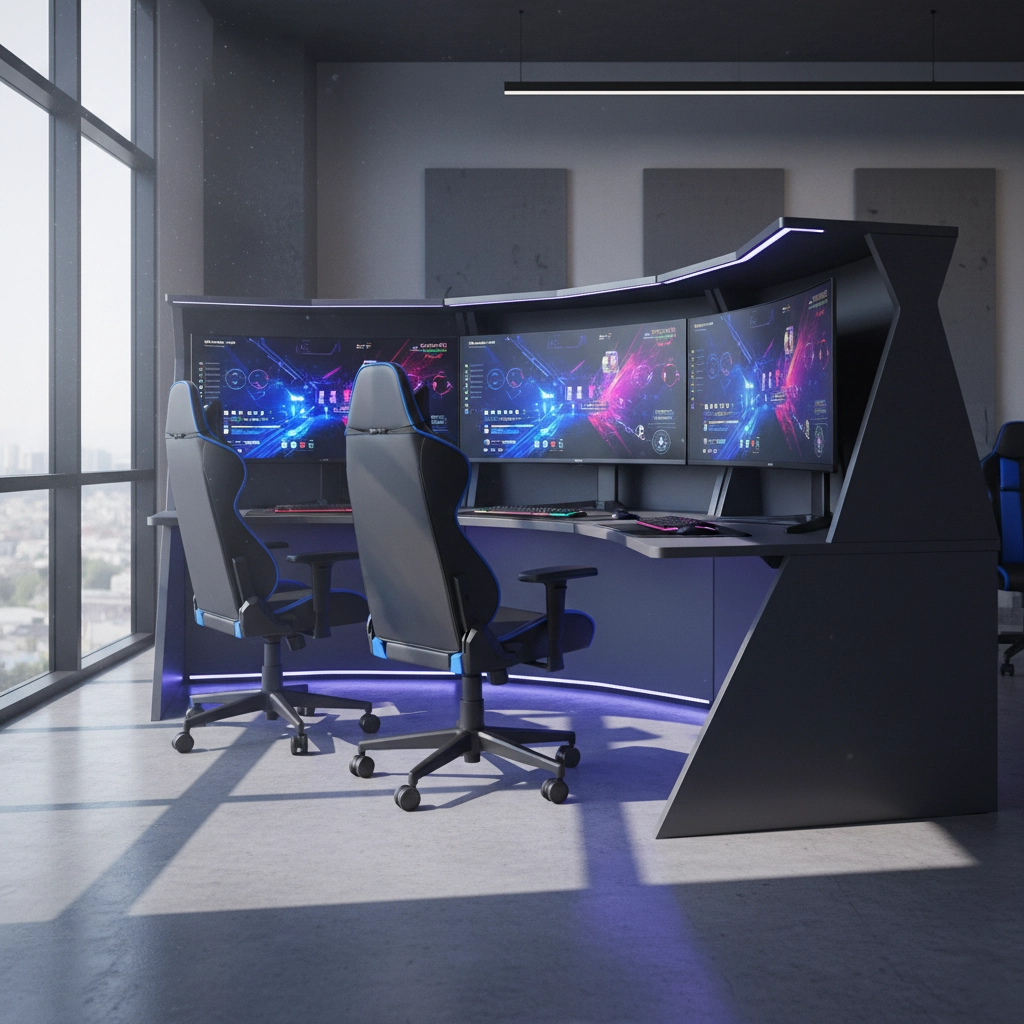
Why Traditional Approaches Are Falling Short
Don't get me wrong – highways still have traffic. But who's in those cars? Mostly people who already own vehicles and aren't in buying mode. The real opportunity is reaching people before they make their first major automotive decision.
80% of consumers notice out-of-home ads weekly, but how many of them are actually shopping for a car right then? With high school sponsorships, you're reaching 100% future car buyers during the years they're forming brand preferences.
Traditional billboards also have another problem: they're passive. Students see your logo in the esports pod or simulator, but they also interact with that space. They associate your brand with achievement, technology, and community support. That's worth way more than a quick glance on the interstate.
The Smart Automotive Strategy
The leaders in automotive (dealers, manufacturers, parts and service brands, and auction houses) are already making moves. They understand that 68% of consumers make purchases after seeing billboard advertisements, but they're taking it further. They're not just putting up ads – they're integrating themselves into the communities where their future customers live and learn.
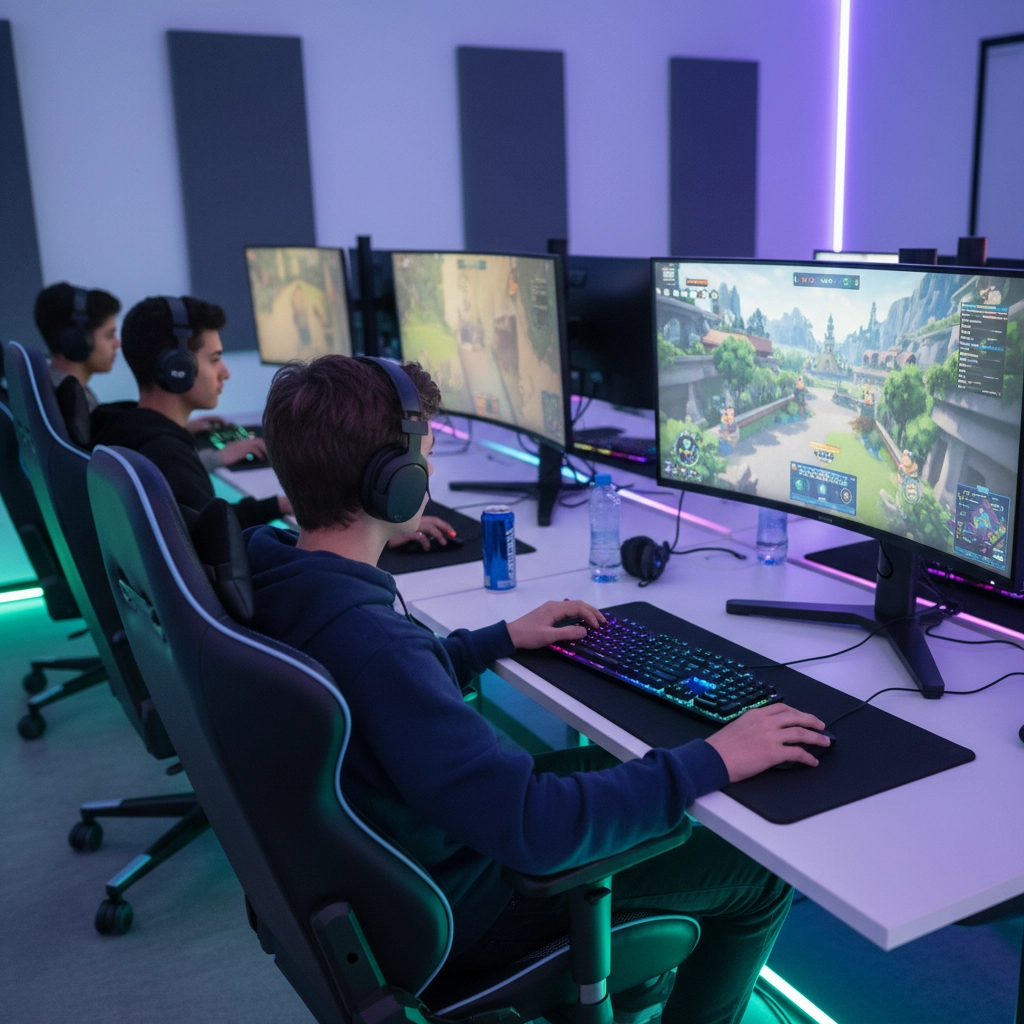
Here's what smart automotive teams are doing differently:
Thinking Long-Term: Instead of chasing immediate sales with generic highway ads, they're building relationships with the next generation of drivers. When these kids are ready to buy, guess which brand they'll remember?
Going Where Others Won't: While competitors fight over prime highway real estate, forward-thinking automotive brands are claiming territory in high schools. It's less crowded, more impactful, and way more cost-effective.
Building Community Connections: Esports and simulator sponsorship isn't just advertising – it's community investment. You're supporting education, technology, career exploration, and student achievement. That builds real brand loyalty, not just awareness.
The Technology Advantage
Modern esports pods and simulators aren't just gaming setups. They're sophisticated digital environments with multiple screens, streaming capabilities, and constant connectivity. Your brand integration becomes part of a high-tech ecosystem that these students interact with daily.
Unlike traditional billboards that just sit there, esports and simulator sponsorships create dynamic touchpoints. Students see your branding during practice, competitions, streaming sessions, and social media content. It's digital-out-of-home advertising on steroids.
Why Most of the Industry Is Missing Out
The automotive industry loves sticking with what's familiar. Highway billboards have been around forever, so that's where marketing budgets go. But here's the reality: your competitors are all doing the same thing, reaching the same people, with the same tired approach.
55% brand recall sounds great until you realize every other automotive advertiser on that highway is getting similar recall rates. You're not standing out – you're just part of the billboard blur that drivers see on their daily commute.
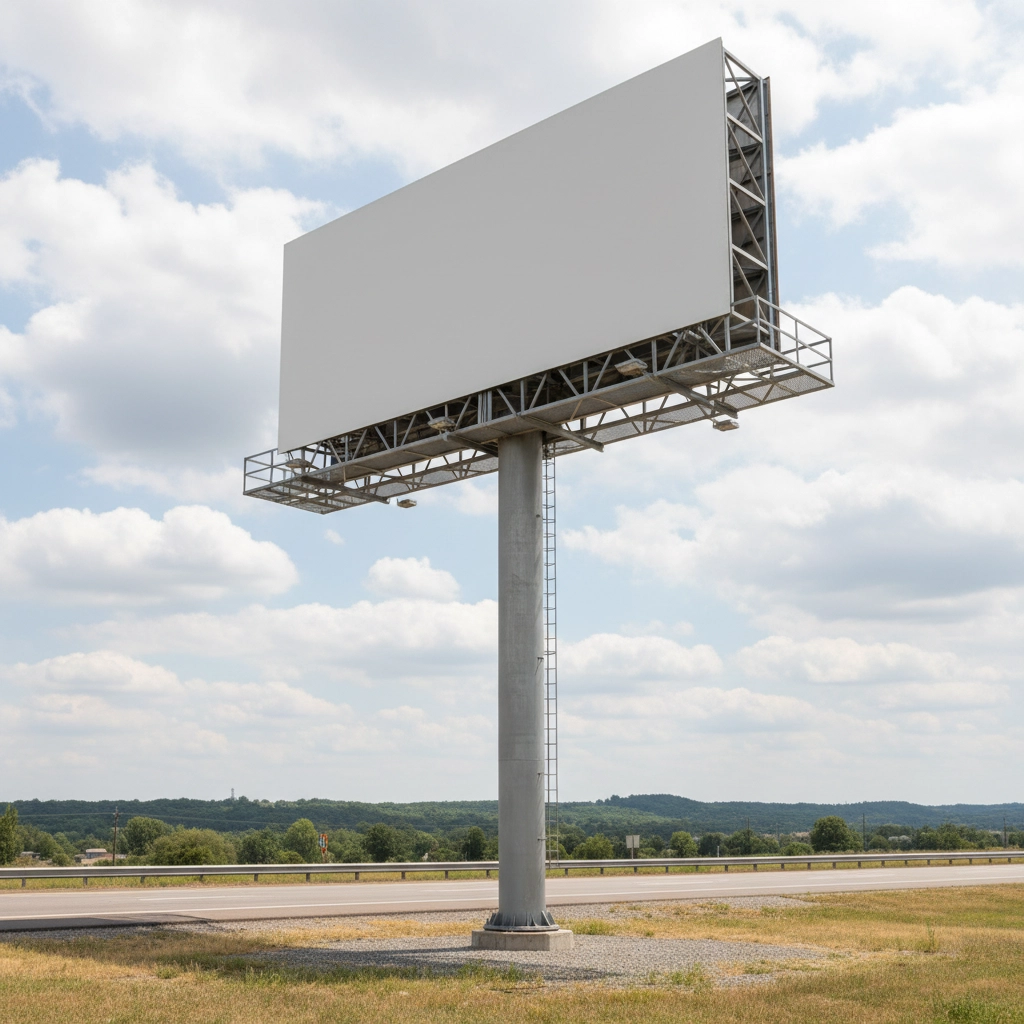
High school esports and simulator sponsorships flip this completely. You're not competing for attention – you have it. You're not hoping someone notices your ad – you're integrated into their daily routine.
The Investment That Actually Pays Off
Let's talk real numbers. Traditional billboard advertising costs roughly $30,000-50,000 per year for decent placement. Over four years, you're looking at $120,000-200,000 for the same highway spot, reaching the same commuters, with the same forgettable message.
$125,000 over four years for high school esports sponsorship gives you:
- Exclusive automotive brand presence
- Daily exposure to hundreds of future drivers
- Community goodwill and positive brand association
- Access to the most tech-savvy generation of consumers
- First-mover advantage in an untapped market
The ROI isn't just in immediate sales – it's in building the customer base that will drive your business for the next 20 years.
Making the Smart Choice
Traditional billboards aren't dead, but they're definitely not the future. Digital-out-of-home is growing because it works better, engages more effectively, and delivers measurable results.
But if you really want to get ahead, stop thinking about billboards entirely. Start thinking about where your future customers actually are. They're not on the highway – they're in school, in esports pods and simulators, building the relationships and preferences that will guide their purchasing decisions for decades.
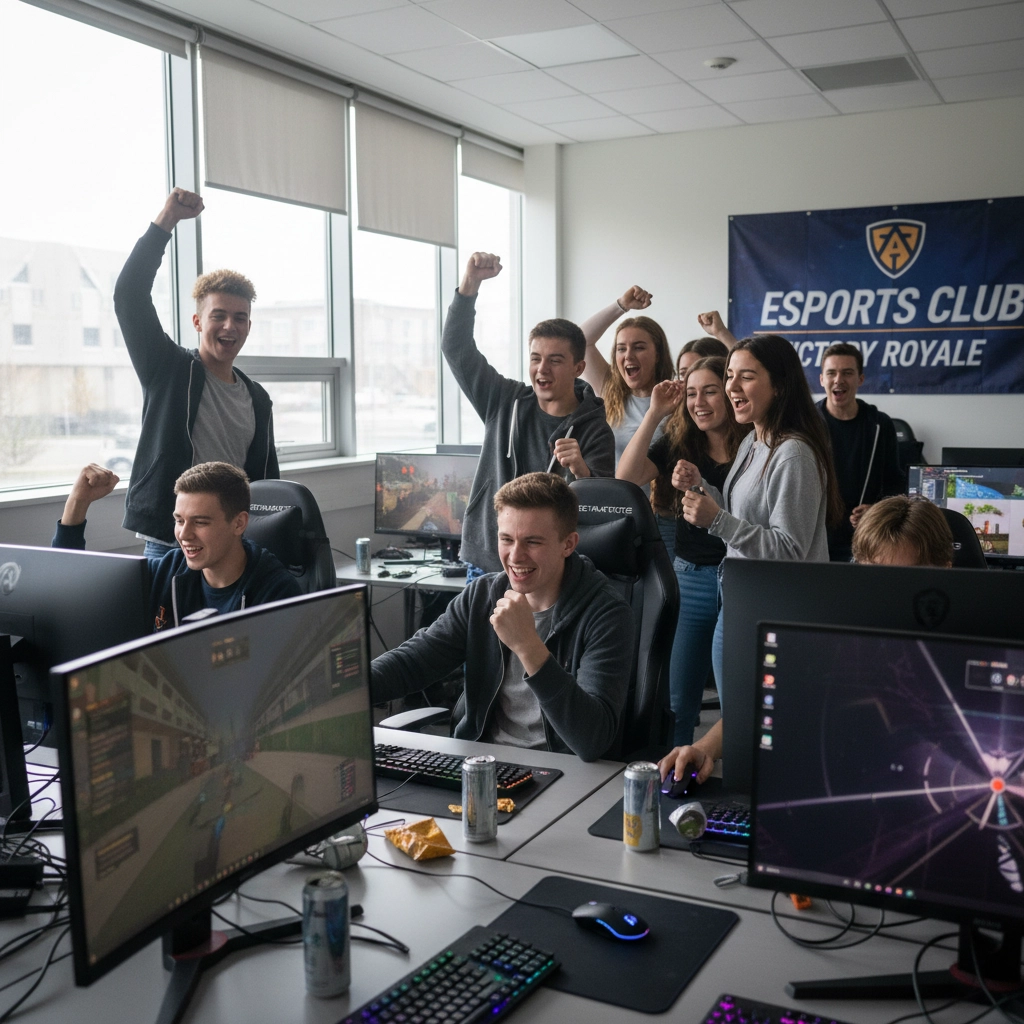
The automotive players who figure this out first are going to dominate their markets. The ones who keep throwing money at highway signs are going to wonder why their traditional advertising stopped working.
Ready to stop fighting for scraps on the interstate and start building relationships with your future customers? High school esports pod and simulator sponsorships aren't just marketing strategies – they're investments in your business and the industry's future. They help schools spark interest in welding, repair, diagnostics, paint and body, and fabrication. That grows the next generation this industry depends on. At $125,000 over four years, it's also one of the smartest investments you'll ever make.
The question isn't whether traditional billboards are dead. The question is whether you're smart enough to evolve beyond them before your competition does.
